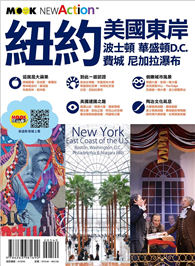People who discuss digital transformation often focus on new technology with a presumption that the working population will embrace it enthusiastically. But human beings are still instinctively dominated by fear, a single complicating reflex which will always be the default response.
Workplace fear comes in many forms, including the fear of change, the fear of looking stupid, and the fear of working relationships, and in all cases these fears have deep roots that extend far below having to learn a new technology. It’s about the fear of losing a job, a livelihood, and an identity.
The results of such fear can have enormous repercussions on an organization, including increased vulnerability to ransomware and cyberattack, increased employee turnover, loss of competitiveness, loss of market share, resistance, sabotage, discrimination, and litigation.
Steve Prentice is an expert in the relationship between people, technology, and change. This book will demonstrate to managers and employees alike the various types of fear that can occur in the workplace in the context of digital transformation, how these fears can impact productivity, team dynamics, and corporate health, and most importantly, how to overcome them.
Using case studies of digital transformation successes and failures, Steve describes:
- How fear grows in the body and mind
- How fear radiates and spreads through groups and teams
- How fear interacts with technology, change, and digital transformation
- How ignoring or suppressing fear leads to tangible risks to an organization’s future
- How to address and manage fear individually and as a group
- How the demands of modern employees have changed
- How managers can prepare themselves for the new normal
Managers who wish to look under the hood and understand how people respond to the changes in their immediate world, and why most of those responses are negative. It will also be an uplifting read for individual employees who seek to understand why they, or their colleagues or managers, generally respond negatively to changes, or who struggle with conflict and relationships in the workplace and how to create an action plan to improve the situation.











